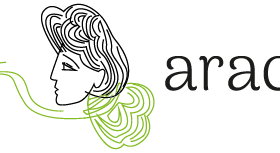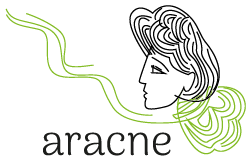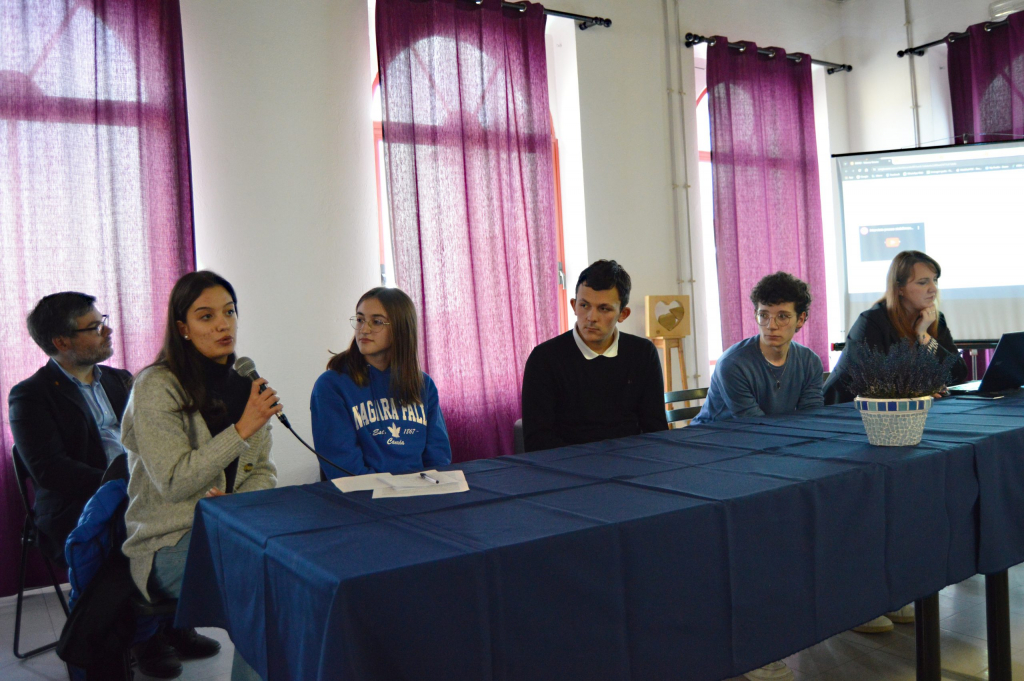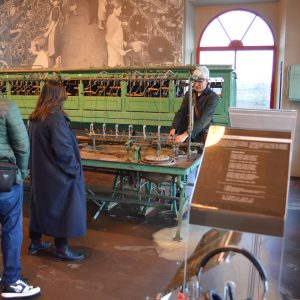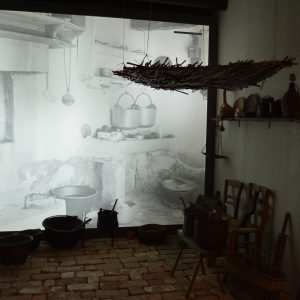On Saturday 24 February, the Museum of Silkworm in Vittorio Veneto, Italy, hosted the presentation of the digital DEMO map developed by the students of the Flaminio Classical High School.
The event was attended by Antonella Uliana, Councillor for Culture of the Municipality of Vittorio Veneto, Dr Francesca Costaperaria, Curator of the Civic Museums of Vittorio Veneto, Dr. Diana Mantegazza, Technologist at the Sericulture Laboratory of CREA-Agriculture and Environment, and Prof. Manlio Piva, from the University of Padua.
The map was presented point by point by the students of each working group and it is the result of the field research carried out by the students during the previous school year to recover the silk heritage and the sericulture current situation in their region as part of the educational activity of the ARACNE project.
The map, created using the web application ArcGIS Online, includes interviews, texts, documents and media produced and edited by the students during the experimental educational workshop. They worked under the guidance of Prof. Giorgio Reolon, who contributed to the establishment of guidelines for schools participating in the educational activities of the Aracne project for the academic year 2024.
All of the maps created by the schools participating in the project in the different European partner countries will be part of the larger “European Silk Route” map.
On the same afternoon, the Vittorio Veneto Silkworm Museum opened its doors to visitors: the Flaminio students, placed in different rooms at the museum, acted as guides.
The museum is ideally located in the former Maffi silk reeling plant in San Giacomo di Veglia, a hamlet of the town of Vittorio Veneto. The reeling plant, which has not been used since the 1960s, is one of the oldest and largest industrial complexes in the area. Its previous destination makes the architectural environment particularly suitable for hosting this museum, in addition to providing approximately 600 square metres of exhibition space.
It is not by chance that the students of the Flaminio’s 4A started their field research for the map from here.
